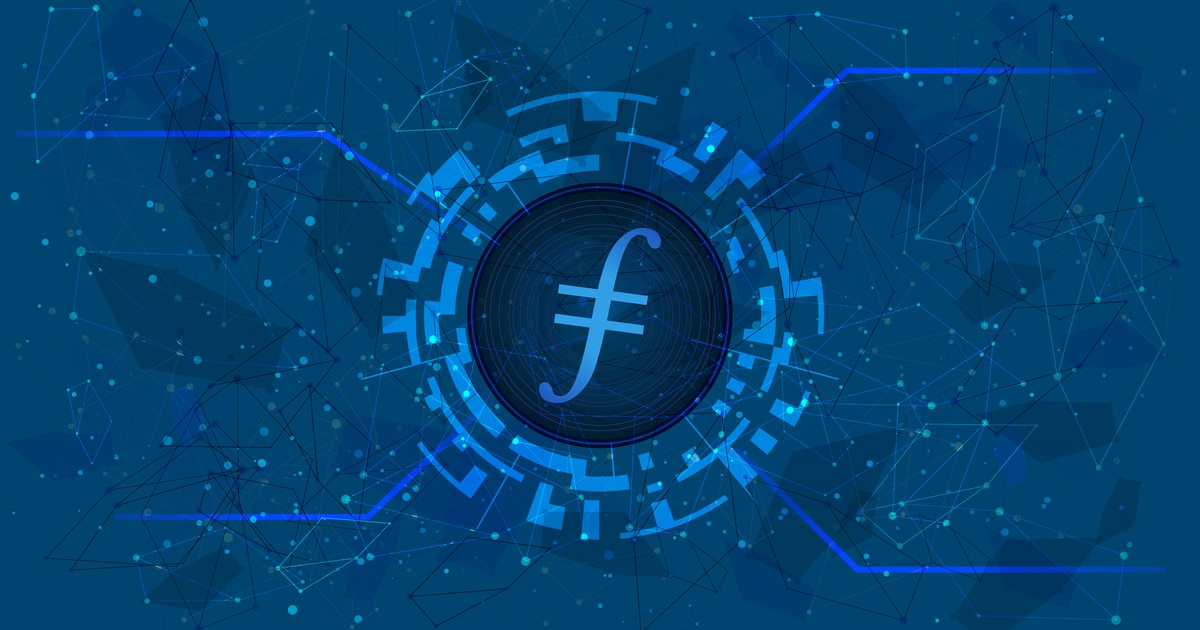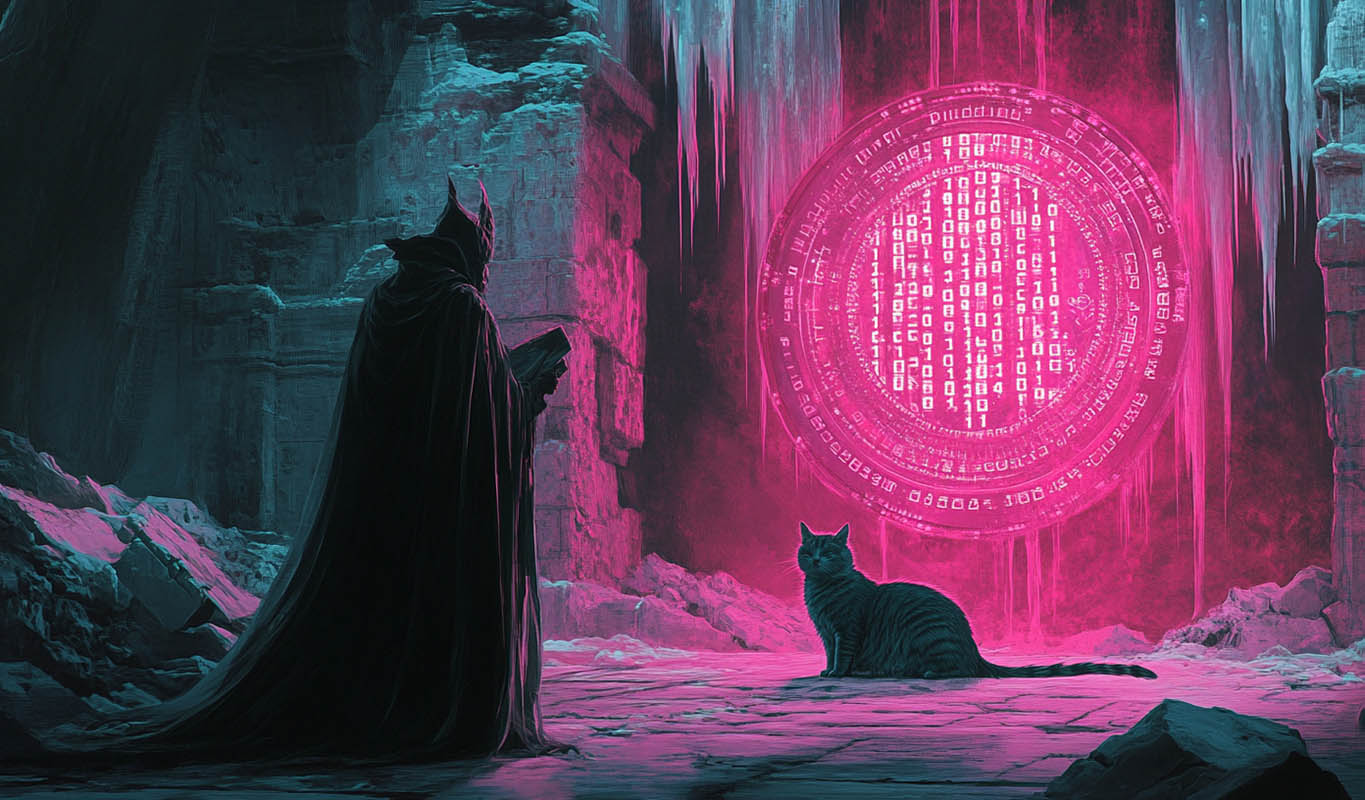While advocates of NFTs claim they have fueled a digital art boom, some critics have a more cynical outlook to the past few months of frenzied NFT auctions and staggering price points. The artist, dealer, and NFT convert Kenny Schachter recently commented on the cultural phenomenon:
“In 30 years, I’ve never seen such a reaction in the art world. It’s nothing less than an earthquake. This is a whole new audience. They don’t know about the art world, and they don’t care about it,”
Schachter may be open about the fact that the NFT phenomenon has brought in new, uneducated, buyers into the art world, however the New York based artist has himself profited from this boom, recently selling over $200,000 of works on the Nifty Gateway platform. He even filmed himself eating a bouquet of tulips, titling the video ‘Eating the Bubble’ as a way to prove a point about the art world and the many stages of its existence.
Other commentators have not been as open to the cultural shift as Schachter, with author and journalist David Gerard strongly opposed to what he sees as a bubble and a scam.
“NFTs are worthless, fraudulent magic beans, with massive CO2 generation per transaction, this is because NFTs only exist to further the crypto grift. Tell artists there’s a gusher of free money! They need to buy into crypto to get the gusher of free money. They become crypto advocates, and make excuses for proof-of-work and so on. A few artists really are making life-changing money from this! You probably won’t be one of them.”
If, as Gerard contends, only a select few artists have made any real money from the NFT boom, has the window of opportunity for all artists to benefit from them come and gone?
Figures provided by Nonfungible.com would seem to suggest this. With the average price of NFTs plummeting almost 70% from a peak of around $4,000 in mid-February to around $1,400 last week, the data suggests that the rush of crypto-native art collectors is starting to dwindle.
Nonetheless, auction houses such as Sotheby’s and Christie’s are continuing to list NFT artworks, which realistically only makes up a miniscule percentage of all NFTs being sold. The everyday artist is not likely to have their work sold for $69,000,000, as was the case with Beeple’s The First 5000 days. In this way, high-valued art is still out of reach for both the artist and the everyday person. Who can afford to participate in a bidding war for a single grey pixel that reached the millions? More to the point, who would want to?
NFTs may have transformed the art world, but has it actually reshaped the way art is valued? The value of an NFT work is dependent on the value of Ethereum, and if Ethereum is on a high, then so is the art work. In this sense, then yes, the way we value digital art has changed. The accessibility of it, well, that’s quite another matter.
Disclaimer: This article is provided for informational purposes only. It is not offered or intended to be used as legal, tax, investment, financial, or other advice.
Credit: Source link























